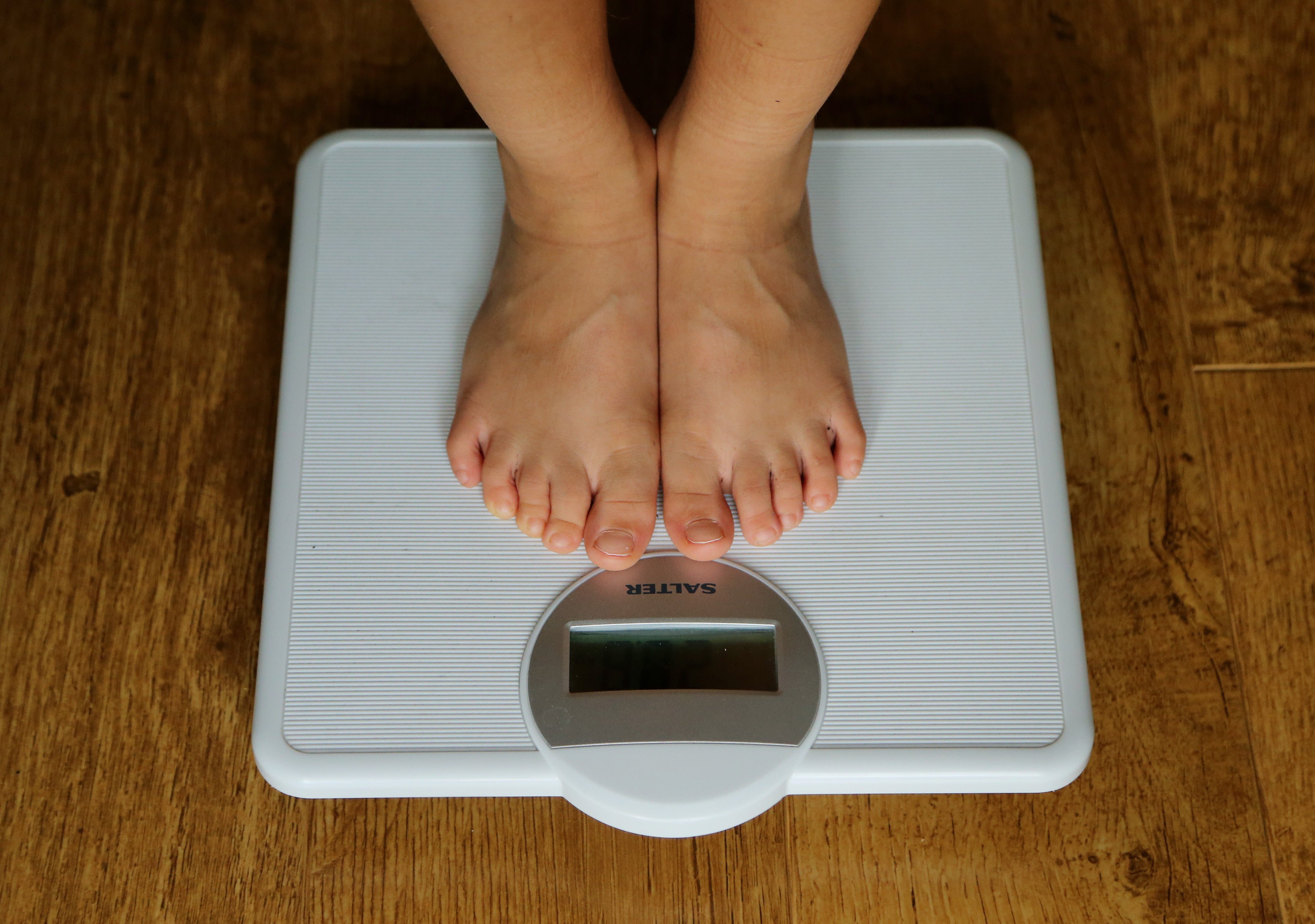Over a third of P1 pupils in poorest areas at risk of being overweight or obese
Figures from Public Health Scotland showed 35.7% of P1 pupils in 2020-21 were at risk of being overweight or obese.

Your support helps us to tell the story
From reproductive rights to climate change to Big Tech, The Independent is on the ground when the story is developing. Whether it's investigating the financials of Elon Musk's pro-Trump PAC or producing our latest documentary, 'The A Word', which shines a light on the American women fighting for reproductive rights, we know how important it is to parse out the facts from the messaging.
At such a critical moment in US history, we need reporters on the ground. Your donation allows us to keep sending journalists to speak to both sides of the story.
The Independent is trusted by Americans across the entire political spectrum. And unlike many other quality news outlets, we choose not to lock Americans out of our reporting and analysis with paywalls. We believe quality journalism should be available to everyone, paid for by those who can afford it.
Your support makes all the difference.More than a third of P1 pupils in Scotland’s most deprived areas are at risk of being overweight or obese – compared to a fifth of youngsters the same age in the most affluent communities.
It comes after new figures showed a large rise in the proportion of students in their first year of primary school who were found to be at risk of being either overweight or obese.
In 2020-21, almost three out of 10 (29.5%) P1 children were found to be at risk of either being overweight or obese – up from 22.7% of youngsters the previous year.
Overall the research, published by Public Health Scotland, found 69.8% of P1 children had a healthy weight, while 0.8% were at risk of being underweight.
- In the most deprived areas 21.1% of P1 pupils were classed as being at risk of obesity
- But in the least deprived areas 8.4% of P1 pupils were in this category.
While fewer children had their height and weight checked in 2020-21 compared to the previous year – with 37% of Primary 1 children measured, compared to more than 70% pre-pandemic – the report made clear that the “degree of change seen in results in 2020-21 cannot be accounted for solely by differences in the size and composition of the dataset”.
It also noted that “marked socioeconomic inequalities” in children’s weight have developed over the past 20 years, saying that these “have widened with the recent changes”.
In 2020-21, the report found that 35.7% of P1 pupils in the most deprived areas were at risk of being either overweight or obese – a rise of 8.4 points on the previous year.
Meanwhile in the least deprived areas, 20.8% of P1 youngsters were at risk of being overweight or obese, with this up by 3.6% on 2019-20.
Just over a fifth (21.1%) of P1 children in the most deprived areas were at risk of obesity, according to the data, compared to 8.4% of their counterparts in the least deprived areas.
Across Scotland as a whole, P1 boys were slightly less likely than girls to have a healthy weight, the report found.
The increase in the proportion of youngsters at risk of being overweight or obese comes as the Scottish Government is trying to halve levels of childhood obesity by 2030.
A Scottish Government spokesman said: “We want Scotland to be the best place in the world for a child to grow up.
“We’re aiming to halve childhood obesity by 2030 and significantly reduce diet‑related health inequalities by taking forward the actions in 2018 Diet and Healthy Weight Delivery Plan.
“We are investing £3 million, largely through health boards, to implement national standards for weight management services for children and young people – an increase of £0.5 million on last year’s spending.
“We are also seeking to tackle our nation’s damaging relationship with junk food by restricting the promotion and marketing of foods high in fat, sugar or salt. To achieve this we will bring forward legislation for implementation as soon as possible.”